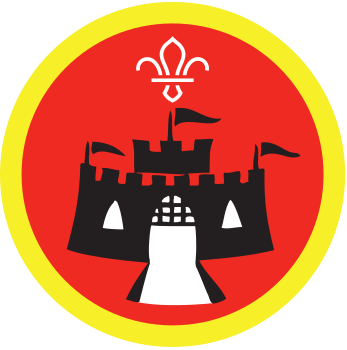Places or faces
You’ll need
- Stopwatch or phone
Before you begin
It’s probably a good idea for someone to do some research in advance, to give the thinkers some ideas of famous local faces and places (you can decide what ‘local’ means – it could be your village, town, city, county, or region). It’s up to you whether the people leading the game do this, or whether the players do it in advance. We’ve included some suggestions of places to start researching, to make it easier.
Play the game
- Split into groups of about six people.
- Each group should choose one person to be the thinker. They should think of a famous person who lived in the local area, or a famous place in the local area.
- The rest of the group has two minutes to ask questions to help them guess the place or person the thinker is thinking about.
- If, after two minutes of asking questions, the rest of the group haven’t guessed the person or place, the thinker should give them a clue, and they should guess one last time.
- If they still can’t guess, the thinker should tell them the answer.
- Once the group know what the thinker is thinking of, the thinker should tell them a bit more about the place or person.
- A new person should become the thinker, and the group should play again.
Reflection
This activity gave you a chance to be a great leader. Did you find it easier to be the thinker, or one of the people guessing? Was there a leader among the people who were guessing, or did you all lead yourselves? Did you all have totally different theories about what the person or place might be? Did you make sure everyone had a chance to ask questions, and give their opinion about what the place or face might be? How did you make sure everyone was involved – did you talk about questions to ask as a team, take it in turns to ask questions, or just all talk at once? Did your team manage to guess many of the places and faces? What would you do differently, if you played again?
This activity also helped you to develop your communication. Was it easy to ask useful questions, which got you the right information? When you were the thinker, did your group ask you questions you could understand and answer? How did you make sure your answers were helpful for your team? Was it easy to have lots of different people asking questions? What made it easy or difficult? Did you all talk about your theories, and which places or faces seemed likely or impossible? Would you do anything differently, if you played again?
Safety
All activities must be safely managed. You must complete a thorough risk assessment and take appropriate steps to reduce risk. Use the safety checklist to help you plan and risk assess your activity. Always get approval for the activity, and have suitable supervision and an InTouch process.
You could make a list of places and faces for people to choose from if they don’t have any of their own ideas.
You may want to chat about this game the meeting or session before you play it. This allows everyone to go home and do some research, so they can come back with their own places and faces to think of when it’s their turn.
Thinkers could be allowed to draw clues, to help the rest of their group guess what they’re thinking of.
You could add more rules about the questions. For example, can the thinkers only answer with a ‘yes’ or ‘no’?
You could give each team a stopwatch, and allow them to time their own question time. This is especially useful if some groups are quick at guessing, and may be ready to move on at different times.
You could get pictures or pictures of faces and places, and cut them up into pieces. Give teams one piece of the ‘jigsaw’ at a time, and see how quickly they can guess the answer.
If there are any famous faces who live in your area now (for example, the town mayor or an artist), you could ask them to visit and talk about their experience of living in your area.
If anyone doesn’t want to have a turn at being the thinker, they don’t have to. They could also work with a friend to be a thinker pair, if this works better for them.
All Scout activities should be inclusive and accessible.
